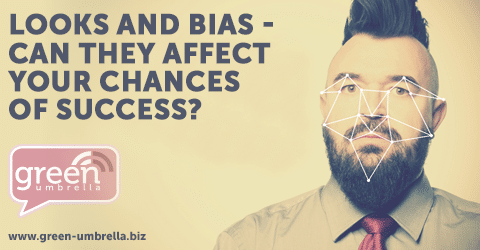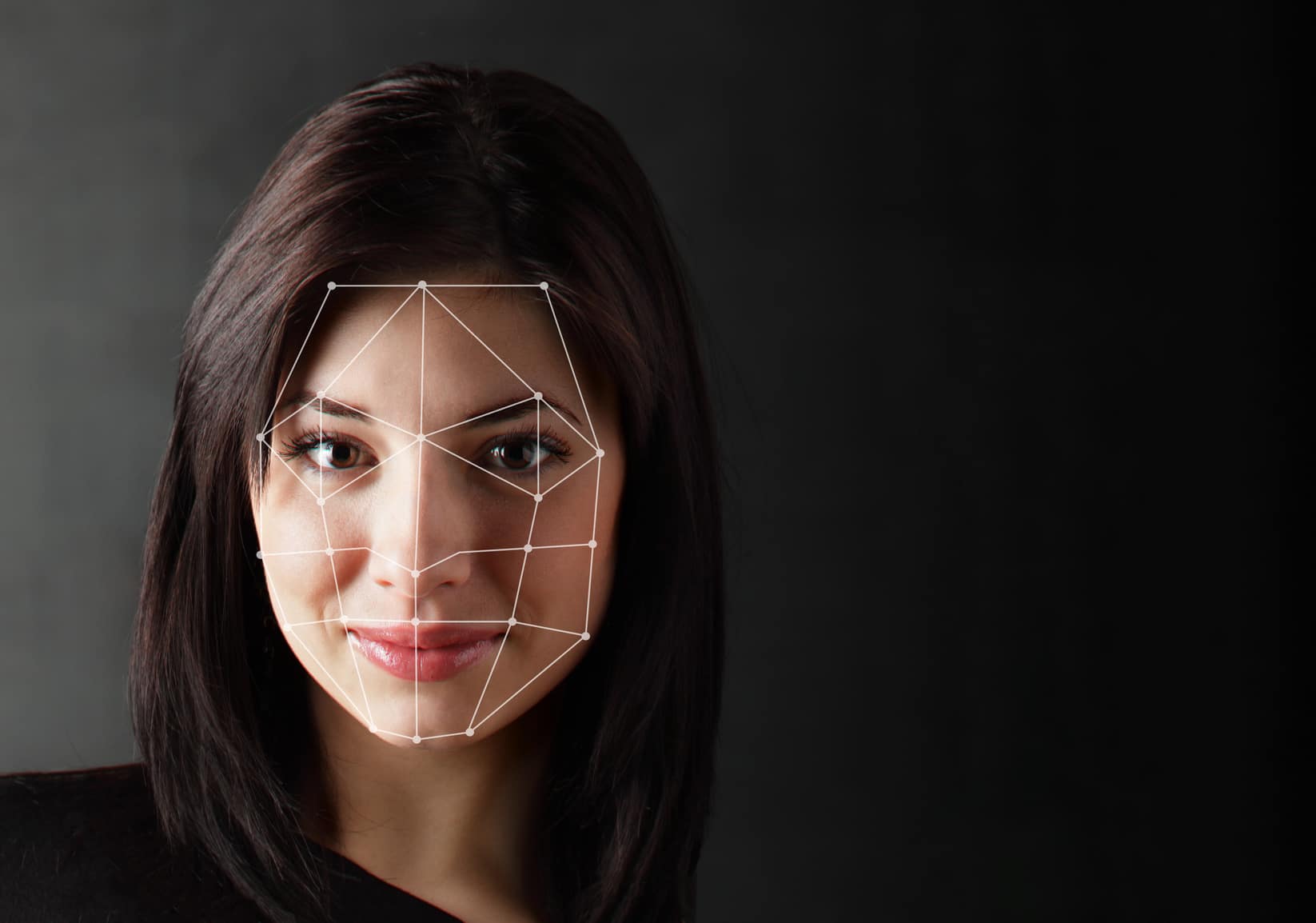Looks and Bias – Can They Affect Your Chances of Success?

Looks and Bias – Can They Affect Your Chances of Success?

How much do you think your looks affect your success? It’s a controversial question. You might firmly believe that your knowledge and capability should play a bigger part. You know your stuff and are building a business on something you’re passionate about, why should your looks play a part in this?
What if I asked whether you have hired or bought a product or service based solely on the looks of the other party? Would you admit that it played a part? Possibly not.
We are all encouraged to be open-minded, bias-free and ‘not judge a book by its cover’ but, like it or not, looks, and more specifically, face shape has a part to play in this.
By nature, we are pre-programmed to have some degree of bias and draw our own conclusions based on someone’s face shape. Fear not though; it’s not as straightforward as a blanket statement which assumes that only pretty people are successful. For starters, beauty is truly in the eye of the beholder. Plus, people come as a whole package, not just a face shape (that includes clothes, hair, your demeanour, the language you use – essentially your brand).
It’s not (just) about pretty people
Let’s consider face shape more specifically and see what judgements we make. Research from a team of psychologists including Alexander Todorov, a psychology professor at Princeton University, gave some fascinating results.

There are a range of facial features which make us seem more, or less trustworthy. When shown a series of facial images, respondents rated how trustworthy the subject was. The features identified were:
- More trustworthy: high inner eyebrows, a shallow indentation at the top of the nose, pronounced cheekbones and a wide chin. In addition, more feminine features and a mouth shape more resembling of a smile are perceived as more trustworthy.
- Less trustworthy: Low inner eyebrows, a deep indentation across the top of the nose, shallow cheekbones and a thin chin make a person seem. Other traits associated include more masculine features and thin lips, or a downturned mouth.
Somewhere in between is what the psychologists termed as a ‘neutral face’.
Other facial features that came into play included:
- Baby face – those who were deemed as ‘baby-faced’ (larger eyes, rounder face etc.) are associated with traits such as naivety, submissiveness, honesty, warmth and kindness
- Dominance – those with more masculine features and darker skin tones were perceived to be more dominant.
What’s the big deal?
When we are sitting in front of a person, trying to decide whether or not to recruit them, their facial features and composition are likely to play a part in how trustworthy and hence, capable we think they are. Decisions about hiring, firing, buying or negotiating are impacted by our unconscious bias about a person’s looks.
Jumping to conclusions:
People are also likely to make further decisions based on how trustworthy we think someone is. Often referred to as a halo effect, we assume one behaviour trait and think it is naturally followed by others. For example, if someone is trustworthy, they are likely to be competent, reliable and likeable.
By nature, we also react more positively to people who are similar to us, looks and otherwise. I’m sure you’ve experienced this. You might meet people who have the same shirt as you, support the same sports team, have children the same age as yours, or you’re both dog lovers. Simple factors like this also influence how we react to other people and in turn, our buying behaviour.
Beware though; these impressions are not founded on anything other than our internal biases. As such, they can be hugely inaccurate.
It’s worth tuning into these biases to understand our decision making when it comes to other people. It goes the other way too. Your potential customers and new recruits will be making decisions about you based on your looks as well (it can be a bitter pill to swallow I’m afraid, but you can’t escape the science).
What can you do?
How can you avoid jumping to conclusions and being impacted by your biases? The first step is tuning into them. Simply be aware that the neural pathways in your brain are telling you a story that might not be true.
When it comes to making hiring decisions, use extra tools at your disposal like psychometric or behaviour profiling or knowledge tests. Take advantage of reference checks and go into interviews with an open mind so you can be sure you’re recruiting someone capable.
It’s ok to use your intuition as well, having a gut feel still has a place in decision making, especially when your gut feel is based on years of experience. However, in a fast-paced world, we don’t always have time to tune into intuition; hence, we jump to judgement.
From your own point of view, it certainly won’t harm your business to play to people’s preferences. An open face, bright smile and relaxed expression feed into a subconscious view that you are trustworthy. Failing that, find out which team they support and drop it into conversation!
Read more about Facial bias here.

Amanda is a freelance marketing consultant and business coach, having worked in marketing and leadership roles for 20+ years, and is an associate of Green Umbrella. Amanda is working with the GU team on strategy, marketing and business development and, in her words, ‘loves the ethos of Green Umbrella. The team really know their stuff when it comes to digital marketing and social media, plus they are genuinely great people to work with!’
Share this!

